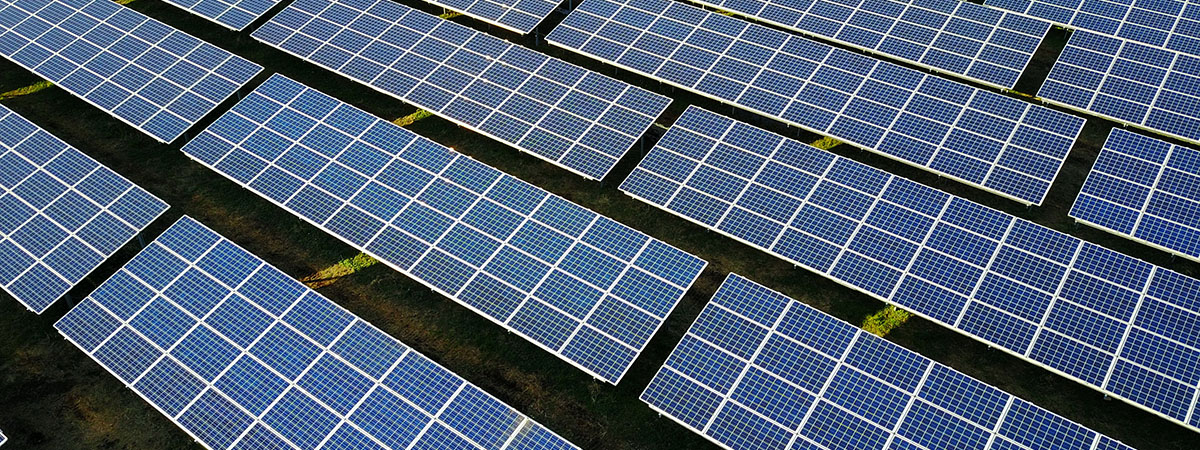It’s beginning to look like 2015 was a watershed year for clean energy. For the second consecutive year, renewables outpaced all other energy sources—accounting for 68% of new capacity, according to a report from Bloomberg New Energy Finance. This trend has not shown signs of slowing down this year, either. In May, CleanTechnica reported that renewable energy accounted for 99% of new capacity generated in Q1 of 2016.
The pace of development is impressive, no doubt. But perhaps more impressive—and more transformative—was the role that corporate purchasers played in the process.
Until 2013, nearly every wind and solar development in the US sold the power it generated to a utility. Even then, there were only a handful of corporate purchasers of off-site renewable energy (Google, Microsoft, Facebook, Apple).
In 2015, however, the renewable power purchase agreement (PPA) proved a new paradigm for corporate sustainability. The expanding universe of companies entering renewable PPAs lifted the renewable capacity under corporate contracts from 0.56 GW in 2013 to 3.23 GW.
From here, the market appears poised for tremendous growth. Take, for example, a recent PwC survey of 200 ACORE companies with high energy spend (68% spent more than $100M per year). Almost all of the survey respondents (85%) indicated that they planned to buy more renewable energy within the next 18 months, and 80% of those respondents planned to incorporate off-site PPAs to do so.
However, as companies increasingly turn to offsite renewable contracts, and as PPAs represent a growing share of energy portfolios, new market risks arise in turn. To manage risk, long-term fixed price renewable PPAs should consider a variety of factors.
Plant Retirements and New Construction
Predicting future energy prices is an inexact science, but each PPA should account for indicators of rising retail prices.
More than 14 GW of coal generating capacity was retired in 2015, and nearly half of the reduced capacity came from only three states: Ohio, Georgia, and Kentucky. As cheap coal continues to be replaced by more expensive renewable sources, certain regions will be impacted more than others.
Similarly, the price projections used in a PPA's financial model should also account for the construction of new natural gas and renewable generation in the area.
Regional Transmission Planning
If you look at a map of large-scale renewable energy projects across the country, you’ll find pockets of concentrated wind and solar build-up. This makes sense because renewable energy gets cheaper as the wind gets stronger, the sun gets hotter, and the local legislation provides better incentives and stronger mandates.
But these pockets of concentrated generation are often located far from urban or industrial centers. Over-production in markets where supply does not match demand can lead to curtailment, negative pricing, or the construction of expensive transmission infrastructure. Any of these can have a significant impact on the value of your PPA.
Corporate Profile
This might be intuitive, but energy-intensive industries are more vulnerable to rising energy prices, as energy represents a larger portion of their total production cost. However, many PPAs still fail to consider the load profiles of the purchaser.
For example, the gap between solar and market prices is largest during off-peak hours. Energy-intensive businesses with large off-peak loads should not rely too heavily on solar PPAs, as they will likely end up paying above-market prices.
Hedging Strategies
Companies accustomed to hedging their energy costs with a block-and-index procurement strategy may not fully consider how a 10- or 15-year renewable PPA can impact their broader strategy.
When a company begins to source more than 30% of its load in renewable PPAs, for instance, renewable PPAs become less a hedge against natural gas prices and more a speculation that wholesale prices will rise over the long term.
Despite the risk inherent to any long-term contract, PPAs can offer a lucrative means to meet sustainability goals without large capital investments. They can also work as an effective hedge against a highly variable and unpredictable energy market.








